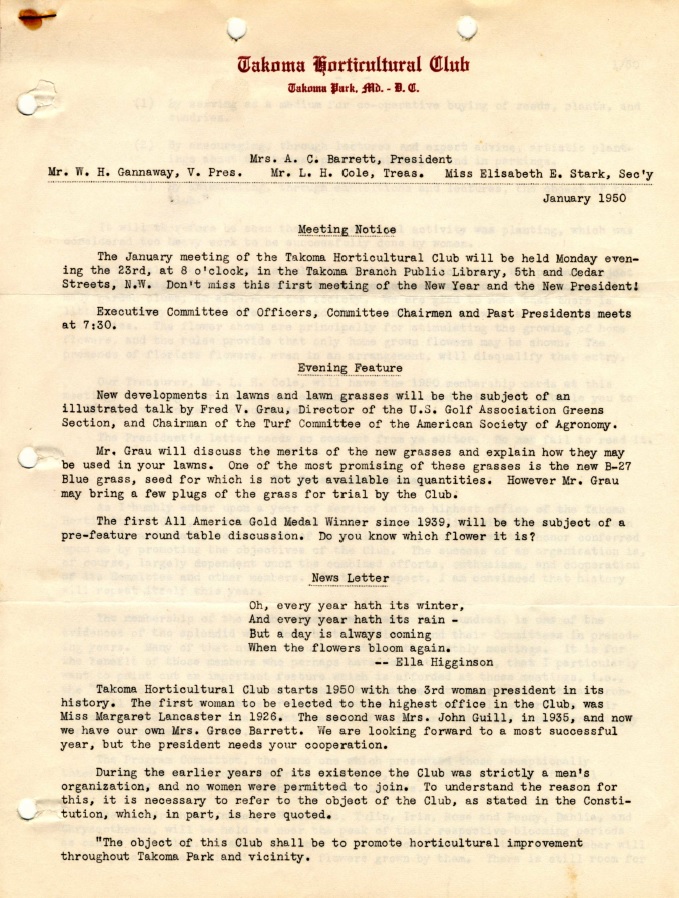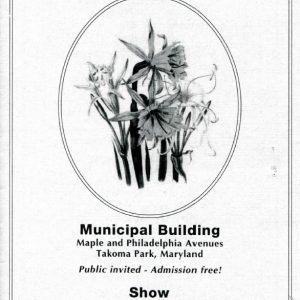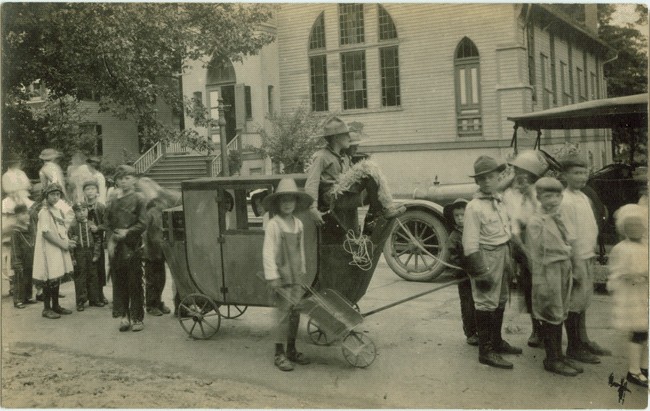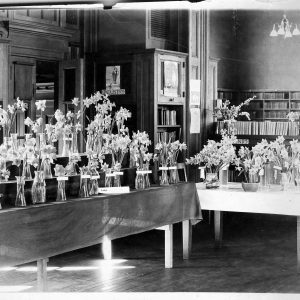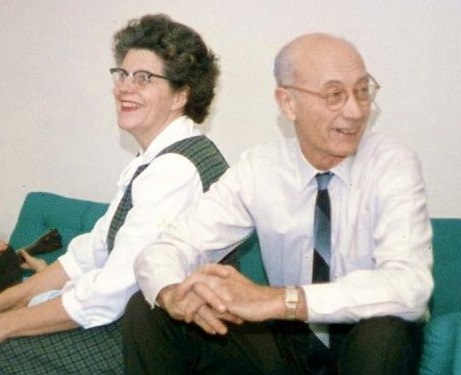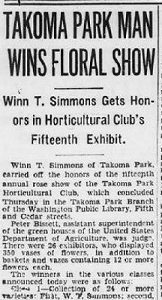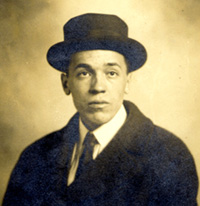This is the second installment of the series. Here we tell the history of THC’s bulb sales, as recorded in several documents. The THC 1998 Flower Show program cover THC Flowe ...
III. In the Community
“The aims of the Takoma Park Horticultural Improvement Club are to promote the culture of flowers and vegetables, to beautify Takoma Park through the improvement of its home grounds, ...
IV. Flower Shows
Where have all the flower shows gone? Not so long in passing. 1925 Flower Show (of the narcissus section) at Takoma DC library (source: THC/HTI archives). Note the Woodward and Lothr ...
V. Early Newsletters
This is fifth installment of the series. In this episode we ask, "How and when did the Club’s newsletters evolve, and who wrote these terrible jokes?"Over the club’s first eight year ...
VI. The Club’s First Woman President
This month we profile Margaret Lancaster, THC's first woman president (a timely election-year topic) and a significant figure in the evolution of garden clubs and federations.The fir ...
VII. Clarence Casey and Azalea City
Seventh in a series of glimpses of THC history, drawn from the collection of materials made available through the help of Diana Kohn and Historic Takoma Inc., this installment highli ...
VIII. Notable Members
This is installment eight of a monthly series giving glimpses of the Takoma Horticultural Club at various times during its history, drawn from a collection of newsletters, reports, l ...
IX. Benjamin Y. Morrison – Most Renowned Member
This is installment nine of a series giving glimpses of the Takoma Horticultural Club at various times during its history, drawn from a collection of newsletters, reports, ledgers an ...
X. Another Club Member of Note
This is the 10th installment of a series giving glimpses of the club at various times during its history, drawn from newsletters, reports, ledgers and other materials available throu ...
